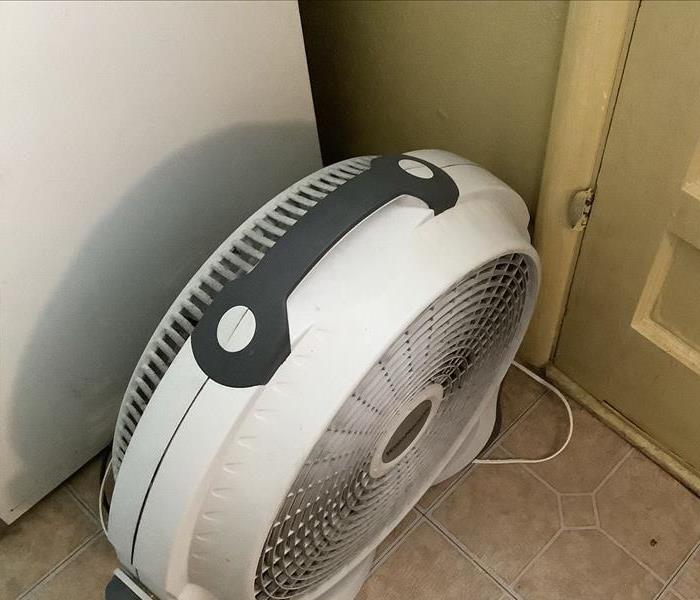Signs of Water Damage in Dallas Homes
9/13/2023 (Permalink)
Water damage in walls can be a serious issue, as it can lead to structural problems and mold growth if left untreated. It's important to be able to recognize the signs of water damage in walls so that you can address the issue promptly. Here are some common signs of water damage in walls:
Discoloration: One of the most noticeable signs of water damage is discoloration on the wall surface. Look for patches of brown, yellow, or grayish stains that may appear in irregular shapes.
Bubbling or peeling paint or wallpaper: When water gets behind the wall's surface, it can cause the paint or wallpaper to bubble, peel, or blister. This is often an indication of moisture trapped beneath the wall covering.
Sagging or warping: Water damage can cause the wallboard or drywall to become saturated and lose its structural integrity. As a result, you may notice areas where the wall appears to sag or warp.
Soft or mushy drywall: Gently press on the wall with your fingers or a tool like a screwdriver. If the drywall feels soft, mushy, or crumbles easily, it likely has water damage.
Swelling or expansion: Water can cause materials like wood or drywall to swell or expand. If you notice bulging or protruding areas on the wall, it may be a sign of water damage.
Musty odor: Water damage often leads to the growth of mold and mildew, which can produce a musty or damp odor. If you detect a persistent unpleasant smell in a specific area, it may be a sign of hidden water damage.
Visible mold growth: Sometimes, water damage leads to the growth of mold, which can appear as black, green, or brown spots on the wall. Mold growth is a clear sign of ongoing moisture issues.
Efflorescence: In the case of water damage caused by water infiltration from outside, you might notice a white, powdery substance called efflorescence on the surface of the wall. This occurs when water carries minerals to the surface and evaporates, leaving mineral deposits behind.
Water stains on baseboards or nearby surfaces: Water can travel horizontally within walls and leave stains or damage on baseboards, adjacent walls, or the ceiling below the affected area.
Increased utility bills: If you notice a sudden increase in your water or heating/cooling bills, it could be a sign of a hidden water leak within your walls.
If you suspect water damage in your walls, it's crucial to address the issue promptly to prevent further damage and potential health hazards associated with mold growth. Consider hiring a professional contractor or a water damage restoration specialist to assess the extent of the damage and carry out necessary repairs.






 24/7 Emergency Service
24/7 Emergency Service
